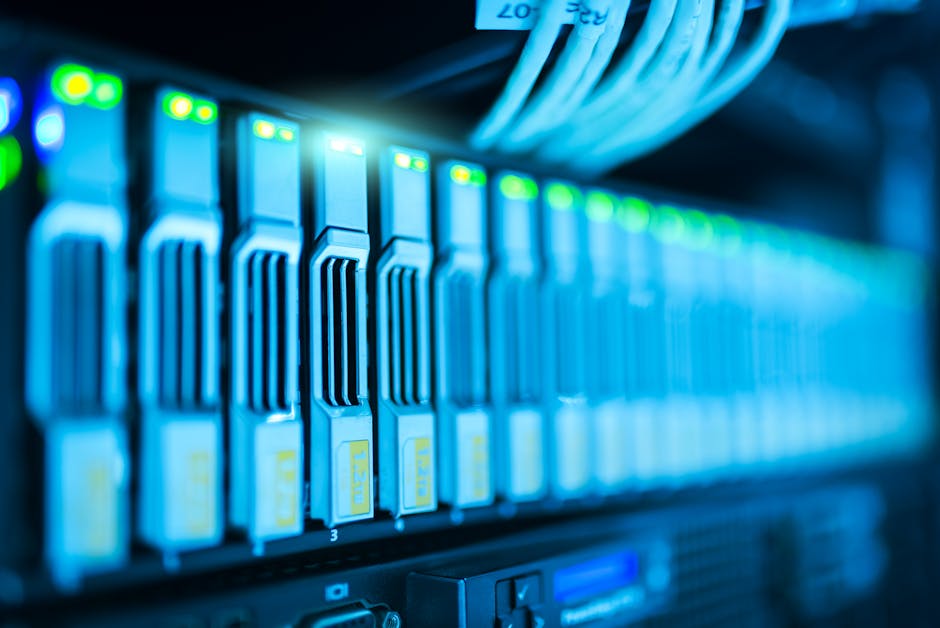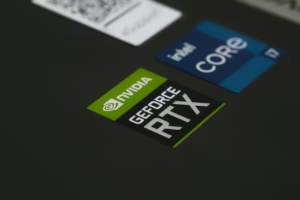Beyond Wi-Fi: 5 Critical Facts on Internet Cables in the Ocean
As someone who has spent over a decade navigating the intricate world of global telecommunications infrastructure, I&ve had the unique opportunity to witness firsthand the incredible engineering feats that power our modern digital lives. From the data centers humming with activity to the unseen pathways that connect continents, one fact becomes undeniably clear: our reliance on Wi-Fi, while convenient, barely scratches the surface of what truly underpins our internet experience. The real magic, the silent workhorse of the web, lies far beneath the waves – in the internet cables in the ocean.
Most of us take for granted the instant access we have to information, entertainment, and communication with people across the globe. But have you ever stopped to think about how your tweet reaches Tokyo or your video call connects with a loved one in London? It&s not magic, and it&s certainly not just satellites. It&s a vast, submerged network of cables that are arguably the most critical component of our global internet infrastructure.
What Really Powers Our Global Internet?
The global internet is primarily powered by an extensive network of undersea cables, not satellites. These massive conduits of data are responsible for transmitting over 99% of all international data traffic, making them the true backbone of our digital world. While satellites play a vital role in remote areas and niche applications, their latency and bandwidth limitations mean they simply cannot compete with the sheer capacity and speed offered by internet cables in the ocean.
Imagine a highway system, but instead of cars, it carries trillions of bits of information every second. These cables form an intricate web, linking continents, countries, and even remote islands, ensuring that data flows seamlessly and quickly from one corner of the earth to another. Without them, our interconnected world would grind to a halt, isolating nations and crippling economies.
How Do These Undersea Cables Actually Work?
Undersea cables transmit data at the speed of light using pulses of light through thin strands of glass, known as fiber optics. At their core, these remarkable structures are bundles of fiber optic cables. Each fiber is thinner than a human hair and is capable of carrying an astonishing amount of information. Data, converted into light signals, travels through these glass fibers, bouncing off the internal walls thanks to a phenomenon called total internal reflection. Repeaters, strategically placed along the cable&s length, boost the light signals to counteract attenuation, ensuring the data reaches its destination without degradation.
These cables are armored with various layers of steel, copper, and polyethylene to protect the delicate fibers from the harsh marine environment, pressure, and potential damage. The actual data transmission process is incredibly efficient, allowing for massive bandwidth and minimal latency, which is crucial for real-time applications like video conferencing and online gaming. For a deeper dive into how network speed affects your daily life, check out our article on Understanding Latency.
Are These Cables Just for Data, or Do They Do More?
While primarily designed for high-volume data transmission, these cables are the essential arteries that enable virtually all forms of modern global digital connectivity. Beyond just carrying your emails and streaming videos, these cables support international financial transactions, power cloud computing services, facilitate scientific research, and enable critical national security communications. They are the silent enablers of globalization, allowing businesses to operate across borders and cultures to intertwine.
The sheer volume of data transmission that these cables handle daily is mind-boggling. Every search query, every social media post, every financial trade, and every online purchase relies on this hidden infrastructure. They are not merely pipes for data; they are the fundamental fabric of our interconnected society, shaping economies and influencing geopolitical landscapes.
What Challenges Do internet cables in the ocean Face?
internet cables in the ocean face numerous challenges, including environmental hazards, human-induced damage, and the constant need for maintenance and upgrades. Despite their robust construction, these cables are vulnerable. Natural disasters such as earthquakes, underwater landslides, and tsunamis can sever them. Marine life, from shark bites (though less common than popular myth suggests) to deep-sea fishing trawlers and ship anchors, poses a significant threat. Around two-thirds of all cable faults are attributed to fishing gear and anchors.
Repairing a broken undersea cable is an incredibly complex and costly operation. Specialized cable-laying ships equipped with advanced robotics must locate the break, retrieve the severed ends from thousands of meters deep, splice them together with surgical precision, and then re-lay the repaired section. This can take days or even weeks, potentially disrupting digital connectivity for entire regions. For an incredible visualization of this global network, you can explore resources like the Submarine Cable Map by TeleGeography.
Who Owns and Manages This Massive Global Internet Infrastructure?
The global internet infrastructure, particularly the undersea cable network, is owned and managed by consortia of telecommunications companies, tech giants, and sometimes governments. Building and maintaining these colossal projects is incredibly expensive, often costing hundreds of millions or even billions of dollars for a single cable system. Therefore, it&s common for multiple entities to pool resources and share the investment, ownership, and operational responsibilities.
Companies like Google, Meta (Facebook), Amazon, Microsoft, and major telecom providers such as AT&T, Vodafone, and Telefnica are key players in this space. They invest heavily in new cable routes to enhance their services, increase redundancy, and ensure resilient internet backbone connectivity for their users and cloud platforms. This collaborative yet competitive landscape ensures continuous expansion and improvement of the network.
What&s Next for Submarine Communication and Beyond Wi-Fi?
The future of submarine communication involves continuous innovation in cable technology, increased redundancy, and the development of new routes to meet ever-growing global demand. As our digital footprint expands, so does the need for faster, more resilient internet connections. Engineers are constantly pushing the boundaries of fiber optic technology, aiming for higher capacities and lower latency. We&re seeing new cable systems being planned and deployed regularly, often exploring new, less congested routes to enhance network resilience.
Furthermore, the drive for new frontiers like 5G and the eventual 6G networks will place even greater demands on this underlying infrastructure. While Wi-Fi and wireless technologies will continue to evolve and improve, they will always rely on a robust wired foundation. Understanding this intricate relationship is key to appreciating our future digital landscape. To learn more about emerging wireless technologies, check out our piece on The Future of 5G.
Shop Related Products on eBay
Find the best deals on these recommended products:
… (Content truncated for length) …
About the Author:
Poly Kaza is a seasoned technology journalist and wearable tech enthusiast with over a decade of experience reviewing and analyzing the latest innovations in smart devices. He has a deep understanding of the underlying technologies that power smartwatches and a passion for helping consumers make informed decisions about their digital companions. His work focuses on bridging the gap between complex technical specifications and practical user experience, with a keen eye on how wearables impact daily life and health.













1 comment